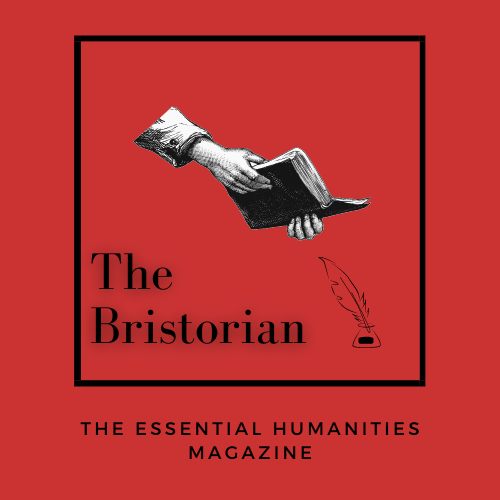Party time? New Year’s traditions: origins around the world
By Rowan Hulatt, Third Year Classical Studies
Customs associated with the New Year are often obscure and taken for granted, in much the same way customs for other holidays are. We know what to do: light fireworks, party hard, and spend time with those we care about. But why? Can we find the origins of these customs?
Most customs’ roots are so deep, we can never pull them out. We have forgotten the why, sometimes even the when. To try and find the origins of these customs I dug as far as I could into different folklores, religions, mythologies, and recorded histories. This unearthed some very varied New Year’s traditions.
Time to Party
The Romans liked to welcome the New Year in with parties, just like us. Before Julius Caesar got all self-important, the New Year was celebrated at the beginning of spring in March, much like in Ancient Babylonia, and other ancient societies. But after Julius Caesar rejigged the calendar, the New Year was moved to the Calendae Ianuariae (the 1st of January). The god, Janus (Ianus), would be venerated around this time (this is why January is called January).
Janus was the god of beginnings and transitions. His two faces would look simultaneously at the year gone by, and the year to come. In worshipping him, the Romans did the same. They would give presents to one another, spend time with friends and neighbours, and pray for good fortune for the year ahead.
Kisses All Around
The Middle Ages gave us many new Year’s traditions on the British Isles, but one of the most enduring is the New Year’s Kiss. Some scholars believe that it carried over from the mistletoe Christmas kiss, itself a tradition that stems from Germanic pagan customs. Mistletoe kisses bring fertility and peace, concepts that carry over into the New Year’s Eve kiss. Supposedly, we have the goddess Frigg to thank for this tradition, and Charles Dickens who increased its popularity through The Pickwick Papers.
The idea is that whoever you look at last on the stroke of midnight will affect your fortune. So by kissing someone you love already, you are more likely to have a prosperous and love-filled year.
Oíche Shamhna shona daoibh go léir! (Happy Halloween to You All)
Not all New Years festivals take place during January or prior to spring. Some Modern pagans celebrate Samhain (sow-an) as the New Year, a Gaelic celebration that got Christianised and morphed into Halloween.
For many pagans, it is the beginning of the Wheel of the Year, a calendar used to mark festival days and seasonal customs. You’d be forgiven for thinking that Yule or Imbolc was New Year, but it’s not. This holiday is over 2000 years old, but has been absorbed into different religions. People would dress like demons and light candles to protect themselves from restless spirits when the veil thinned on the 31st of October. They would also celebrate all new lives welcomed in the previous year, and connect with lost loved ones.
Shapes and Colours (and fireworks)
Lunar New Year, also known as the Chinese New Year, is celebrated in many East and South East Asian countries. Based on the ancient Xia calendar, the holiday takes place on the second New Moon after the winter Solstice. Fittingly, it is called the Spring Festival in China (where the holiday originated). It has been celebrated for around 4000 years. Some scholars date it to the Shang dynasty (1600-1046 BCE), but others think it became more like the modern festival during the Warring States period (475 BCE- 221 CE).
Customs associated with Lunar New Year are wearing bright colours, like red, to bring luck and scare away demons, eating from round dishes and eating round food for wholeness and prosperity, and lighting fireworks. Why fireworks, other than the fact they are pretty? Well, supposedly the fireworks also scare away bad spirits and monsters, like the Nian. In China, it is believed that’s why lighting fireworks on New Year’s began.
10, 9, 8, 7….
But what of modern traditions? What of modern festivities? Why for example, do we do a countdown or write resolutions? The answer to the former comes from the 1800s. In the US, church bells would be rung at midnight on New Year’s Eve. From this, American broadcasters began to do countdowns on the radio. But it really took off in the seventies and eighties with the Times Square countdown clock. Soon the countdown spread globally. This is likely one of the most recent additions to New Year traditions.
‘… and a happy New Year!’
These customs give us a picture. Humans in the darkest times of the year face the difficulties they have endured, and look forward with hope. We celebrate renewal, joy, peace, and love. No matter how, or why, New Year’s customs are a triumph over the harsh realities of daily life. They still mean a lot, even if we aren’t sure where they come from. That’s what matters in the end.
Edited by AJ Birt



